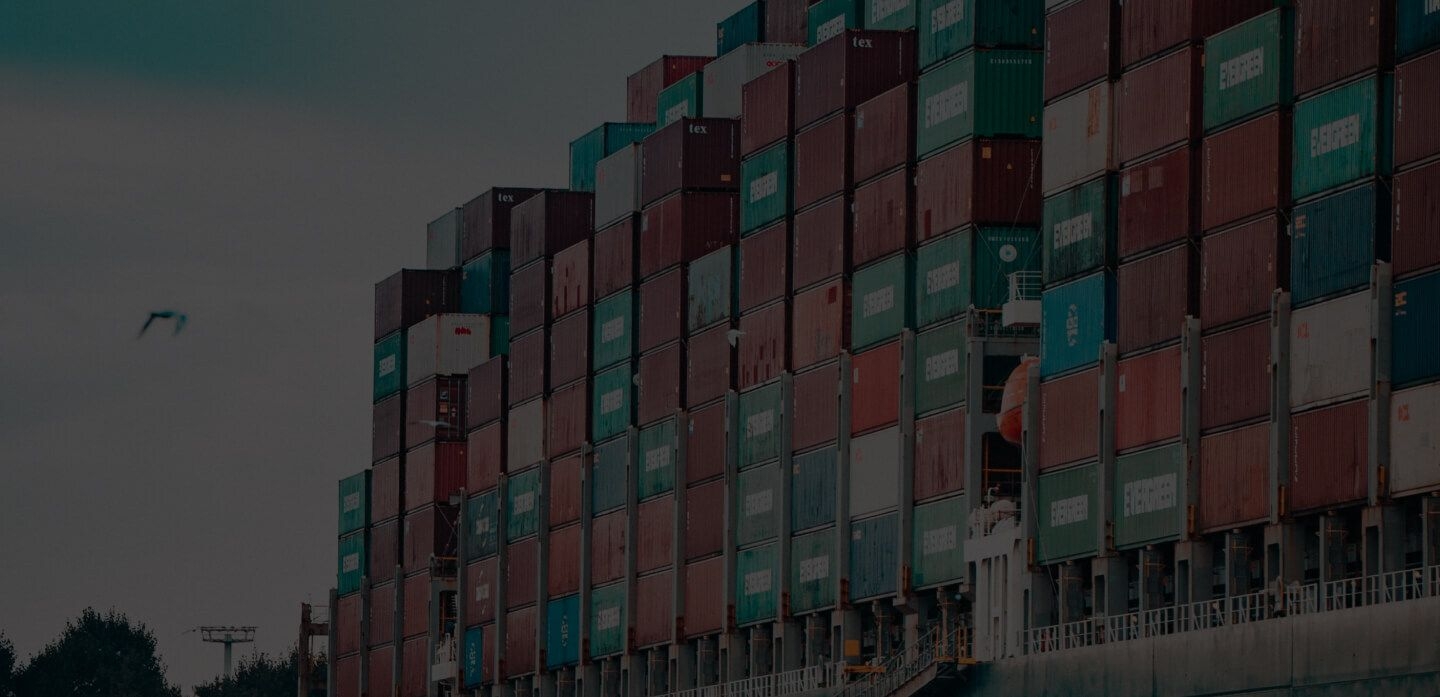
Ocean Freight to Italy



Ocean freight shipping to Italy
Italy is a founding member of the G7 and G8, as well as the Eurozone and the OECD. Its economy is among the Eurozone’s top five. Italy is a leader in trade and exports, and one of the world’s most industrialized countries. It has a high quality of life. If you are an entrepreneur, you’ll want to learn more about ocean freight to Italy.
Italy has a large and competitive agricultural sector; it’s the largest producer of wine in the world. The country’s fashion, design, automobile, machinery, and food industries are also influential and renowned. Italy’s GDP has not been greatly affected by the recent global economic crisis, and the country remains well-known for its creative and innovative business sector.
Italy is the world’s sixth-largest manufacturing country, and among its top-ten exporters-and the country’s third-largest trading partner is the US. A huge market, and huge opportunity, awaits those exporting ocean freight to Italy.
FCL or LCL for your ocean freight to Italy
For your shipment to Italy, you’ll have a choice of either a less-than-container load (groupage, or LCL) or a full container load (FCL). If you choose LCL, you’ll share a container; known as groupage, this arrangement provides substantial cost savings, as will pay only for the space you use.
A full container load (FCL) will be indicated if you are shipping at least six standard pallets’ worth of goods. Ten standard pallets will fill a 20-foot container, while a 40-foot container can take up to 22 standard pallets. Even if your volume is small, however, you may want to choose FCL regardless if you are concerned about your goods coming into contact with others’ during shipping. Consult iContainers’ rate information, then contact us for more information.
Ocean freight ports in Italy
Port of Cagliari
The port of Cagliari’s annual traffic capacity is around 55 million tons and 1,000,000 TEU’s. It is one of Italy’s largest ports, and one of the largest maritime ports in the Mediterranean basin. The Port of Cagliari can handle RORO traffic, general cargo, bulk, and container goods. It also provides passenger services and cruise activities.
Port of Genoa
Genoa Port covers an area of nearly 1,235 acres on water and 1,730 acres of land, and is over 13 miles long. It features almost 30 miles of maritime ways and 19 miles of quays. Genoa is Italy’s busiest port in terms of cargo tonnage, with a trade volume of nearly 57 million tons per year, and its second-busiest in terms of TEUs, with an annual trade volume of over two million.
Port of Napoli
Another of both Italy’s and the Mediterranean’s largest ports is the port of Napoli, which has an annual traffic capacity of around 500,000 TEU’s and 25 million tons. This is one of the country’s largest container ports. It boasts a number of terminals for automobiles, passengers, containers, and commercial cargo. The container terminal features 70 mooring places, over seven miles of docks, and substantial storage.
Port of Ancona
Ancona is largely a passenger port, but it is also one of the main ports on the Adriatic Sea. Containers are handled at a new dock managed by the Adriatic Container Terminal. This area, covering almost 55,000 square feet, provides secure storage for dangerous goods and also handles the repair and cleaning of containers
Port of La Spezia
Located at Italy’s main transport intersection, the La Spezia Container Terminal (LSCT) is Italy’s leading container terminal. It offers state-of-the-art technology, high-quality service, and efficiency. It is the gateway to northern Italy and central Europe. LSCT offers excellent rail connections and direct access to the Italian transportation network.
Our ocean freight services to Italy
You’ve come to the right place if you’re looking for professional, cheap, and efficient ocean freight services to Italy. iContainers offers these services from many ports located all around the world including ports in:
- USA
- Spain
- Netherlands
- Germany
- Belgium
- Mexico
- Dominican Republic
- China
- Taiwan
- UAE
What our ocean freight rates to Italy include
![]()
For more information, consult ship container rates for your ocean freight to Italy here.